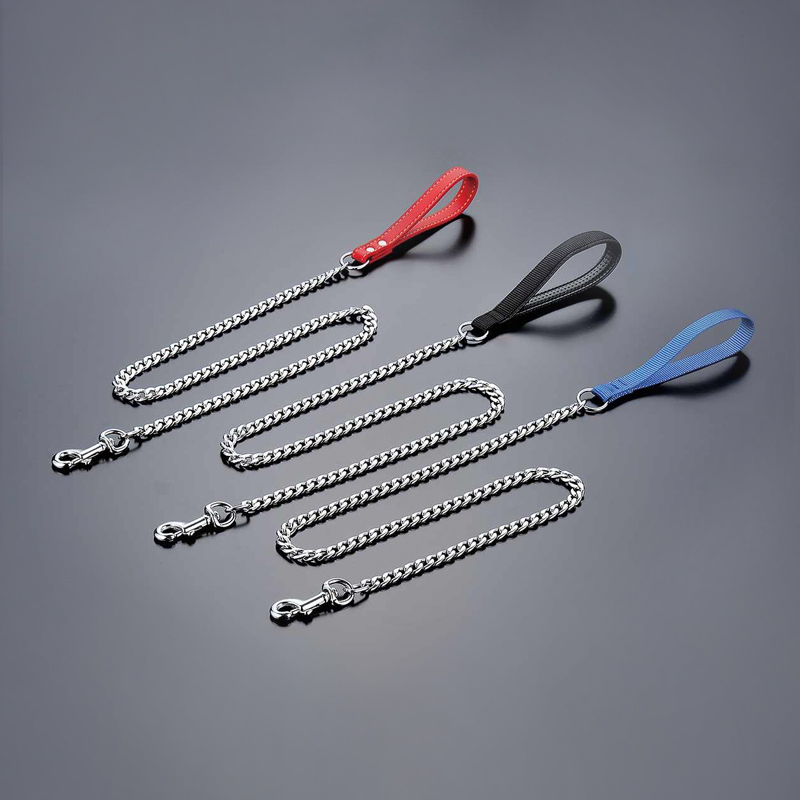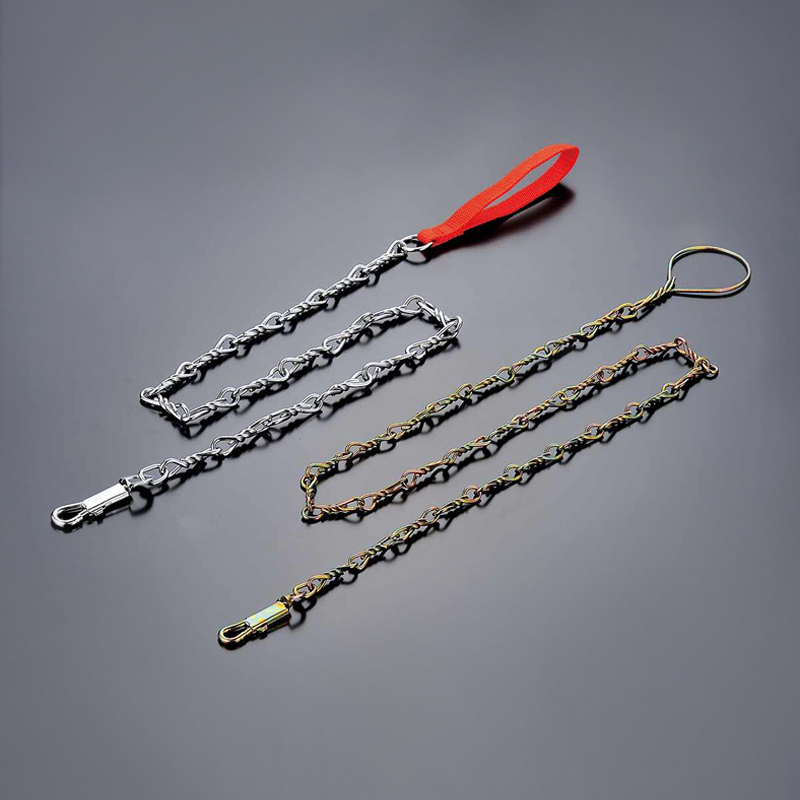2025-11-26
![]() Industry News
Industry News
 2023-11-14
2023-11-14
In the realm of pet care, ensuring the safety and well-being of our canine companions is paramount. One key aspect of achieving this goal is the use of appropriate dog safety gear, with a specific focus on the hardware integrated into dog harnesses. This comprehensive guide aims to shed light on the importance of dog safety gear and delve into the intricacies of the hardware that constitutes a reliable dog harness.
The Significance of Dog Safety Gear
Dog safety gear encompasses a range of accessories designed to protect and enhance the overall safety of dogs in various environments. From leisurely walks to more adventurous activities, appropriate safety gear plays a crucial role in preventing accidents and injuries.
1. Collars vs. Harnesses: Choosing the Right Gear
When it comes to restraining and controlling dogs, the choice between collars and harnesses is pivotal. While collars may be suitable for well-trained dogs, harnesses offer distinct advantages, distributing pressure more evenly across the body and reducing the risk of neck injuries. A well-fitted harness provides added control, especially for larger or more energetic breeds.
2. Reflective and LED Safety Features
In low-light conditions or during nighttime walks, visibility is a key concern. Reflective materials and LED lights integrated into dog safety gear enhance visibility, reducing the likelihood of accidents. This feature is particularly crucial for urban environments where distractions and various stimuli can affect a dog's attention.
3. Life Jackets for Water Safety
For dogs that accompany their owners on aquatic adventures, such as boating or swimming, specialized life jackets designed for dogs are essential. These jackets not only provide buoyancy but also feature handles for easy retrieval in emergency situations.
Understanding Dog Harness Hardware
Dog harness hardware comprises the components that ensure the durability, functionality, and safety of the harness. Each piece plays a crucial role in maintaining control and preventing the dog from slipping or escaping.
1. D-Rings and Attachment Points
D-rings, often located on the back or chest of the harness, serve as attachment points for leashes. The placement of these rings influences the control and directionality of the dog. A front-clip harness, for example, encourages dogs to walk beside their owners by redirecting their attention.
2. Buckles and Straps: Finding the Right Fit
Proper fit is imperative for the effectiveness of a dog harness. Buckles and adjustable straps enable owners to customize the fit according to their dog's size and shape. Quick-release buckles provide convenience without compromising security, allowing for easy on-and-off functionality.
3. Padding and Comfort
Ensuring that a dog harness is comfortable is essential for long-term use. Padding on the chest and straps helps prevent chafing and discomfort. Breathable materials contribute to overall comfort, particularly in warmer climates or during strenuous activities.
4. Durability and Weather Resistance
Dogs are naturally active, and their gear must withstand wear and tear. High-quality materials and weather-resistant features contribute to the longevity of dog harnesses, ensuring they remain reliable in various conditions.
In conclusion, prioritizing canine safety through the thoughtful selection of dog safety gear and harness hardware is a responsibility that every pet owner should embrace. From choosing the right type of gear for different activities to understanding the nuances of harness hardware, informed decisions can significantly contribute to the well-being and happiness of our furry friends. By investing in quality gear and staying informed about the latest advancements, we can create a safer and more enjoyable experience for both dogs and their owners.
![]() HOT PRODUCT
HOT PRODUCT





